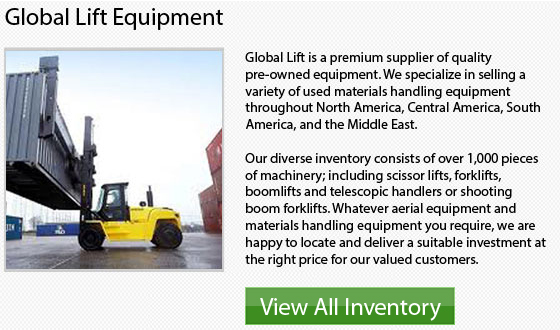
The hydraulic truck crane is a specialized mobile crane that utilizes hydraulic power to lift and transport thousands of pounds. Hydraulics uses forces being transmitted through oil pushing in opposite directions on the boom's pistons in order to lift thousands of pounds. Hydraulic truck cranes are very important in constructing major projects such as airports, bridges, roadways and buildings. A crane could complete in minutes tasks which would normally take hundreds of men and a lot of hours to accomplish.
The great machines are usually utilized in the building of cities, houses, whole nations and individual buildings throughout the ages. Even the Great Pyramids in Egypt were likely constructed using basic cranes to enable the heaviest supplies in one of the most amazing construction projects ever.
The very first cranes were established during 3000 B.C. Egypt in King Ramses' reign. This lifting device was originally used to collect water. The first official "cranes" appeared in Ancient Greece. These mechanism were used to create a whole country in the 5th century B.C.
These cranes were initially made out of wood. The designs of cranes started to change when dockyards started to need stronger and bigger machines. Hick & Rothwell designed the first cast iron cranes within Bolton, England, in 1834. This machinery could lift as much as 2 tons. That very same year, the addition of wire rope was added to the crane by an Official of the German Superior Board, Herr Albert Sr. The wire rope made the crane more durable and stronger. This addition allowed cranes to have a bigger capacity to lift heavy weights.
Ultimately, the wire ropes were weaved together in order to form an even more powerful strength. This wire formation also brought the added benefit of flexibility. 4 years later, Germany began to build cast iron cranes. The very first cast iron crane built by Germany was built within Neuburg.